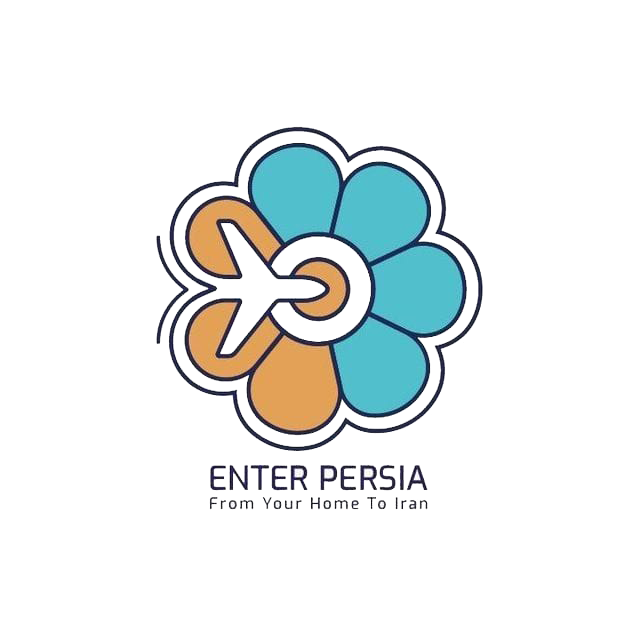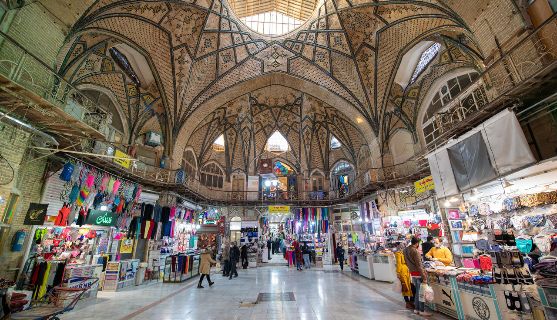It is fantastic to visit the oldest Bazaar in Tehran, which is historical, and it splits into several corridors over 10 kilometers. Each corridor has particular kinds of goods with multiple entrances; Sabze Meidan is the main one. This Bazaar includes several parts, such as mosques, guest houses and banks. Tehran metro is also accessible for people to reach there. It has superb visual architecture and combines wholesale and retail shopping here. It is the best place for those who care about economical prices and some famous restaurants exist here.
Development of Bazaar
This Bazaar is located in downtown Tehran, and if anyone is interested in visiting more attractions around here, Sardare Baghe Melli, Narengestan Garden, Greek Orthodox Church of Saint Mary, Golestan palace, Ebrat museum, National Museum of Iran, Moghadam Museum and Masoudieh Palace are available. After the Muslim conquest of Iran, there were some reports from travelers about the growth of commerce and trade in this area. Still, it is hard to say the first appearance of the Bazaar. Researchers believe today’s Bazaar dates back to a village’s growth in the Safavid Empire. Most parts of the Bazaar were constructed much later, and walls and passages are the oldest parts. In the 19th century, it grew as a city inside Tehran. Under the reign of Reza Shah, Tehran began to grow. So the development of the Bazaar disappears in the early 20th century. Bazaar provides a strong link between clergy and middle-class traders.

What is the history behind the grand Bazaar?
Tehran was selected as Iran’s capital city in the 19th century, dusting agha Mohammad khan, the founder of the Qajar dynasty. They didn’t change the texture of Tehran city except for royal palaces, mosques, or shams ol Emareh Mansion. It is interesting to know the architecture of some regions is not Persian because Naseredin shah invited a team of architects from France to design some gates. This place was for domestic products and imported goods in the 19th century. Then it became a political, economic and social movement.
The Grand Bazaar of Tehran has unique and complicated architecture. Then its arches, corridors and traditional air conditioning systems were added to the building. Teahouses, Zoor Khaneh (traditional Persian gymnasium), public bathrooms mosques are new places. Bazaarche is a small place for each commodity. It is a particular area for something like gold and beauty products and so on.

Different parts of Bazaar
Sabzeh Meydan entrance: if you want to visit this Bazaar, it’s better to start from Sabzeh Meydan, the main entrance located across the Golestan palace. Before you continue your visit, try some dried fruits or nuts, especially fresh pomegranate juice.
Imamzadeh Zeid is a shrine in the middle of the Bazaar with beautiful tilework. It is a prophet descendant and would be interesting for visitors.
Imam mosque: another colorful tile work is Imam Mosque with a courtyard and good atmosphere. People come here to pray and take a break from all their shopping. It is also one of the oldest mosques in Tehran; it was built around 1810 during the Qajar period with the former name “shah mosque.” The name changed after the Islamic revolution.
The carpet section of Bazaar: this is the most impressive part with precious carpets. Rugs from all over Iran are available here with beautiful handmade silk and wool rugs. Gabbeh is a popular rug among travelers, and the Baluch rug can find hardly in the south of Iran.



Comment (0)